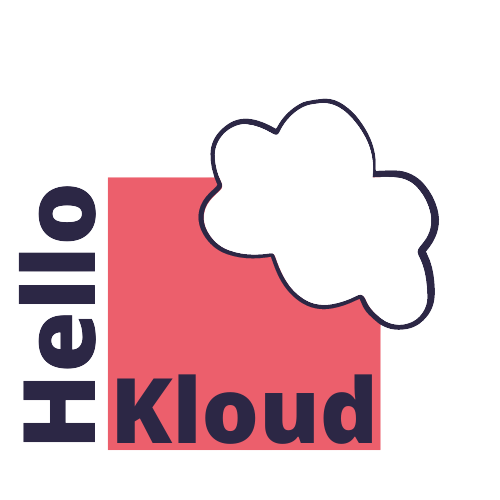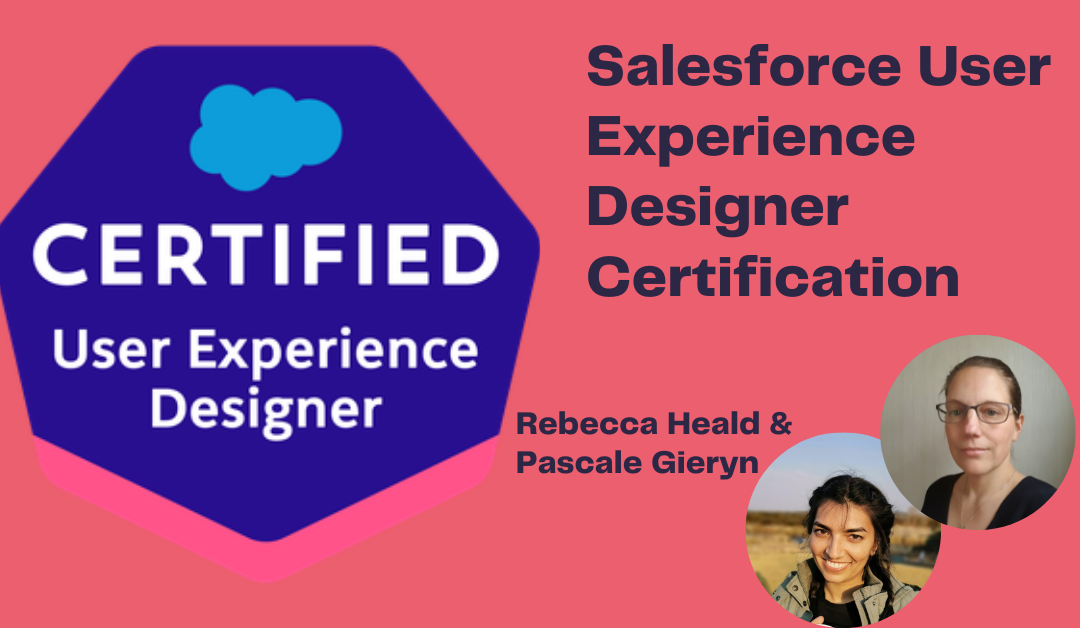Preparing for the User Experience Designer Exam (and writing the exam), we have come to realise that one needs to have a mix of experience in Salesforce. From Experience Cloud through to content covered in Platform App Builder, mixed with a few Testing and Business Analysis skills.
Here is a breakdown of the content to expect in the exam from the smallest section to the largest sections (with some of the items we found of particular interest):
Testing:
This section counts 11% which is about 6 or 7 questions. Be sure to cover content such as Task scenarios, A/B testing, Tree Testing, Biases, Prototyping, and any other testing techniques found in Trailhead.
A/B testing takes a piece of content and defines a set of changes which are then published to two segments of groups. It then measures the most opens(emails / SMS) or engagement based on the content and a winner (either content A or content) is chosen from which you can use that content moving forward. Marketers will be familiar with the concept of A/B Testing as this is possible to do in both Pardot and Marketing Cloud. B2C Commerce Cloud also has documentation on this subject. Salesforce has a blog item here on it.
Tree Testing was an interesting concept. Until studying for the exam this was one I had seen but did not know that it was called Tree Testing. A Tree Test evaluates a hierarchical category or structure by asking the users to find the locations in the “tree” where tasks could be completed. An example would be for a website, where would you go to fill out a “Contact Us Form”?
Reading more into Bias in software development was thought-provoking. A few resources that may be of use to provide context around this subject: Workplace Equality Inclusion Challenges, Inclusive Design, and Business Impact of Equality and Unconscious Bias which is part of the Champion Workplace Equality Trailmix.
An online resource that will help to flesh out understanding on User Experience techniques and elements are the articles and YouTube videos of the NN Group: https://www.nngroup.com/. Also, Joe Natoli’s User Experience Design Fundamentals course on Udemy has been particularly useful. Note that Udemy requires payment for courses although there are a number of sale opportunities throughout the year.
Human-Centered Design
Counts 12% which is 7 questions in the exam. Human-Centered Design puts users of the product or humans at the forefront of design. HCD follows 3 core topics: Desirability, Feasibility, and Viability, in order to solve people’s problems by identifying needs and creating a solution to meet them.
Desirability, Feasibility and Viability are prioritisation methods. These points are taken from the NNGroup Article: 5 Prioritization Methods in UX RoadMapping.
- Feasibility: the degree to which the item can be technically built. Does the skillset and expertise exist to create this solution?
- Desirability: how much users want the item. What unique value proposition does it provide? Is the solution fundamentally needed, or are users otherwise able to accomplish their goals?
- Viability: if the item is functionally attainable for the business. Does pursuing the item benefit the business? What are the costs to the business and is the solution sustainable over time?
A good Trailhead mix to work through for this section is Get to Know Relationship Design. There is also an interesting blog item on Medium by Kristan Ortonn here.
Discovery
Accounts for 13%, that is approximately 8 Questions. In this section, you are required to use your business analysis skills, User Stories creation, shaping discovery questions by understanding the Aim and Scope of a project. Another big section is User Personas and Process Mapping.
User Personas are key to any software development. We need to know who the expected users will be, and what tasks and outputs they will need to perform and extract from that software.
Understanding the key differences between Qualitative versus Quantitative is also helpful going into the exam.
- Qualitative: Answers questions like why and how things are happening – non-tangible ideas.
- Quantitative: Answers questions like How Much, How many of X – things that are countable, measurable.
The Trailhead mix and in particular a key Trailhead are: Build Better UX and UX Personas for Salesforce. It’s worth reading around about User Stories, storyboarding and business analysis generally.
User Experience Fundamentals
Totals to 16% of the exam. You can expect approximately 10 questions. This section tests how the User experiences your end product: covering content from WCAG – Web Content Accessibility Guidelines, considerations on how to communicate structure to end-users, colour and accessibility considerations, and prototypes for testing your end product.
This is an interesting section covering items such as colour contrast and clash, as well as accessibility issues like colour blindness. Colour cannot be the only indicator of meaning when designing for accessibility. It is good to understand different devices used to combat disabilities such as Screen Readers and Keyboard buttons.
Key web resources for learning this are the WCAG Guidelines from W3.org and the Trailhead mix on getting started with web accessibility.
A few Trailheads on Prototyping: UX Prototyping Basics, Innovation Ideation Prototyping (although part of developing the Salesforce way – the concepts are translatable), and App Design and Prototyping.
Then come the biggest sections:
SLDS – Salesforce Lightning Design System
Which holds 21% of the exam. This section relies fully on understanding this guide: https://www.lightningdesignsystem.com/ . SLDS allows for scalability of your product being built on the Salesforce Platform so that your design and build are consistent and efficient. Design System Fundamentals are 1) Component Blueprints, 2) Tokens, 3) Design Guidelines, and 4) Tools. Consult the above link to read up more on these topics.
The icons in the Lightning Design System have proved useful for components and Lightning record pages to customise the user interface.
There is a list of the Platforms that it can be used on to ensure they are consistent with the Salesforce Lightning Design System.
In the Lightning Design System menu, Salesforce maintains a list of articles about the Lightning Design System. Access them here: https://www.lightningdesignsystem.com/resources/articles/. The articles currently span from 2014 through to 2019.
There is a Lightning Design System Basics Trailhead module that will get you started on this.
Declarative Design
Is the other hefty section of 27% – between 16 and 17 questions. This relies on your Salesforce Admin skills. Working through Admin and Platform Application content will help you ace this section. There is a big chunk that needs one to understand Declarative components and the use of one component over another for a specific use case. Questions that could also pop up in this section are related to prompting – floating, docked, errors, etc.
It’s worth following the curated Platform App Builder (https://trailhead.salesforce.com/en/content/learn/trails/build-platform-apps-in-lightning-experience) and Experience Cloud (https://trailhead.salesforce.com/en/content/learn/trails/customize-your-community) Trail mixes here for the declarative design element.
Look at the projects available in Trailhead such as Customize the User Interface and Set up a Customer Site with Experience Cloud. Check out the latest user interface updates such as Dynamic Forms. Salesforce Ben has a good introductory article Salesforce Dynamic Forms.
Please make sure not to use this article as your only source of studying, but instead consult Trailhead where you will find all information and content to study: https://trailhead.salesforce.com/en/credentials/userexperiencedesigner
Also take a look at the Salesforce Blog on User Designer Certification here: https://medium.com/trailhead/new-salesforce-ux-designer-certification-c5bea0a74ab7.
Happy Learning!

